The Founding of the Ash Lantern Society
The Ash Lantern Society did not begin as a faction.
It began as a confession whispered in the dark, as four broken people gathered in the ruins left behind by better men.
In the years after the Solstice Syndicate rose to prominence in 108 SE, the ash of old ideals still hung heavy in the air. Among the black market and blood deals, within its shadowy corners, a different kind of order began to take shape—one built on fire, guilt, and the aching need to understand the world’s sickness in spirit as much as flesh.
Erem “Coalvoice” Thane
The Doctor Who Listened to the Dying
Erem had once worn the coat of the Doctors—not as a healer of bones and blood alone, but as a scholar of death. A field specialist in terminal medicine and palliative neurobiology, Erem was tasked with studying the end-stage psychological state of the infected and the dying. But as the decades passed and the Cure remained elusive, Erem began to ask dangerous questions. What if there was meaning in the transformations? What if the Others were not just corruption, but messages—ciphers written in rot?
His superiors saw deviation.
He saw a door.
He was expelled in quiet disgrace. The Solstice Syndicate took him in as a consultant for their more mystical pursuits, finding in him a calm, uncanny presence. He earned the name “Coalvoice” for the way the dying responded to him—as if he spoke not just to them, but for them.
Tassa Brightmoor
The Doctor Who Would Not Bow
Tassa had also worn the Doctor’s coat—but hers was stained with rebellion. She had been a combat medic, then a researcher on the ethical fringe of biological experimentation. When she attempted to develop a nonlethal treatment protocol for early-stage Others without Church approval, the Church of Hope branded her a traitor. They imprisoned her, humiliated her, and almost executed her for sacrilege.
She survived only because the Syndicate needed a surgeon for their Awakened. She took the deal—freedom in exchange for service. But she never forgot the Church’s sanctimony or the Doctorate that was torn from her. Her work became more than science; it became ritual.
She believed in transformation.
She just wanted to choose who would change, and why.
Cutter Nyx
The Smuggler with a Grudge
Cutter Nyx was born into the Solstice Syndicate, but he never fit. He ran contraband, of course—meds, relics, black ink, relic pages—but he was never comfortable with bloodletting. He had a soft spot for the dying and the half-turned. Once, he smuggled a half-Awakened girl out of a Church lab. She died three days later, asking for a lullaby. He buried her with her burned doll.
That was the first lantern he lit.
Cutter didn’t call it a vigil. But when he lit the second one—after losing a friend to Sonohoka Syndrome—he began to understand. Ash was all that was left of truth once hope and lies were gone. And someone had to carry it.
Brother Jule
The Defrocked Missionary
Jule had been a Student of Faith, then a missionary under the Church of Hope. He believed. He truly believed. Until the Church ordered him to deliver blessings to a village just before it was razed for harboring the infected. They told him it was mercy. He told himself the same, for years.
He left one day without a word, disappearing into the wilds. Some say he lived among the Others. Others say he drank himself half to death in the ruins. He finally reappeared in 110 SE, near death, found muttering prayers over the bones of the dead in an abandoned chapel. The Syndicate didn’t kill him. Instead, they handed him over to Erem—out of curiosity, or cruelty.
That’s when things began.
The Lantern Lit
In 110 SE, all four found themselves together during a Syndicate-led salvage operation in the outer ruins of a burned out Church sanitarium. The goal was simple: retrieve tech, maybe steal some records, get out before the place collapsed.
But the building didn’t want to let go of its secrets. The basement—a crematory ward—collapsed with them inside. For two days they were trapped among ash and bone, surrounded by old lanterns once used for mourning rites. They burned through oxygen, water, and finally, silence.
In the dark, they spoke.
They confessed.
They mourned.
They forgave no one—including themselves.
And then they built something.
They tore pages from ruined hymnals, cut bits of their old uniforms, and burned them in the furnace. Erem said a few words, not a prayer but a promise. Jule cried. Cutter lit the first ash-filled lantern. Tassa etched a sigil in soot across her palm.

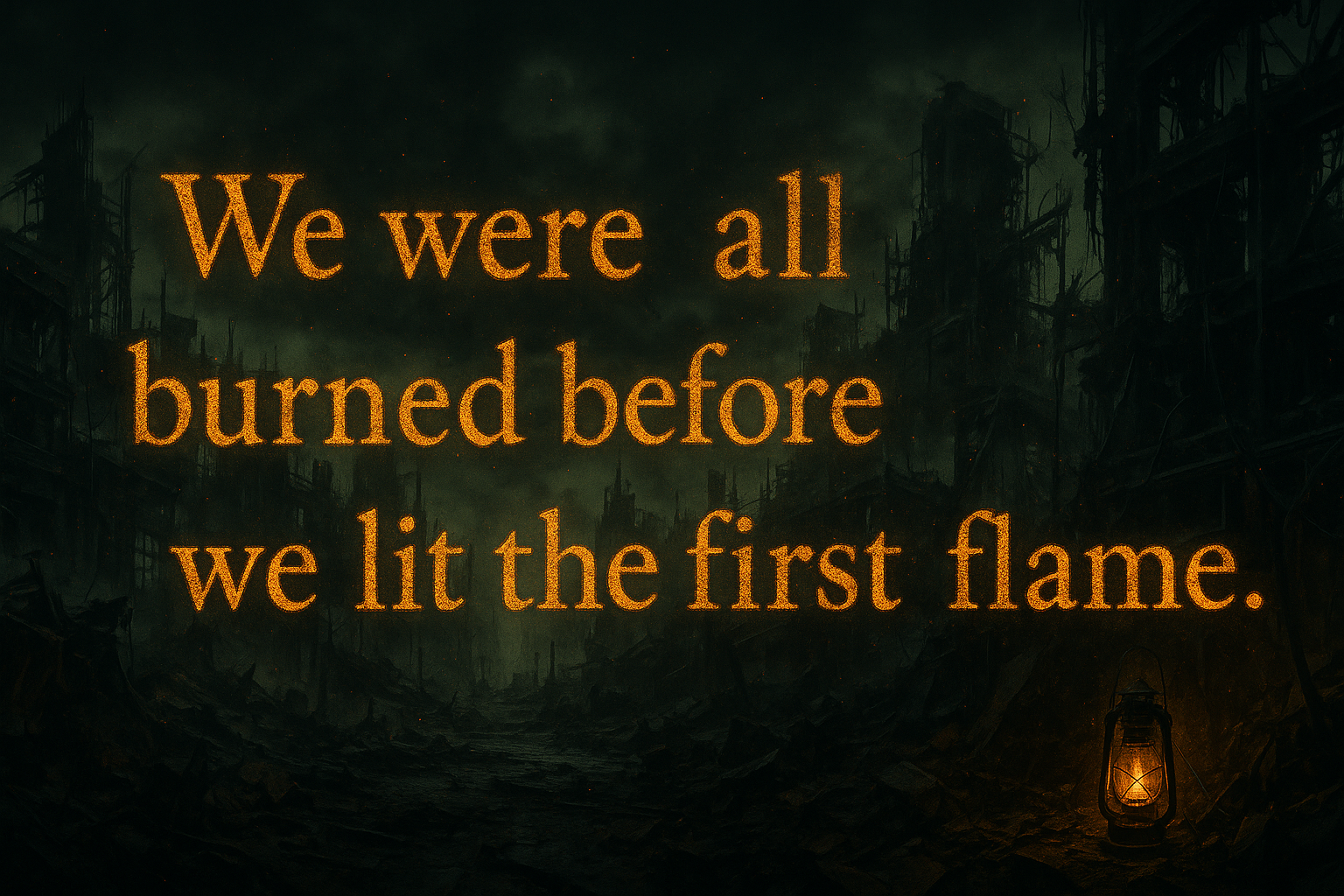
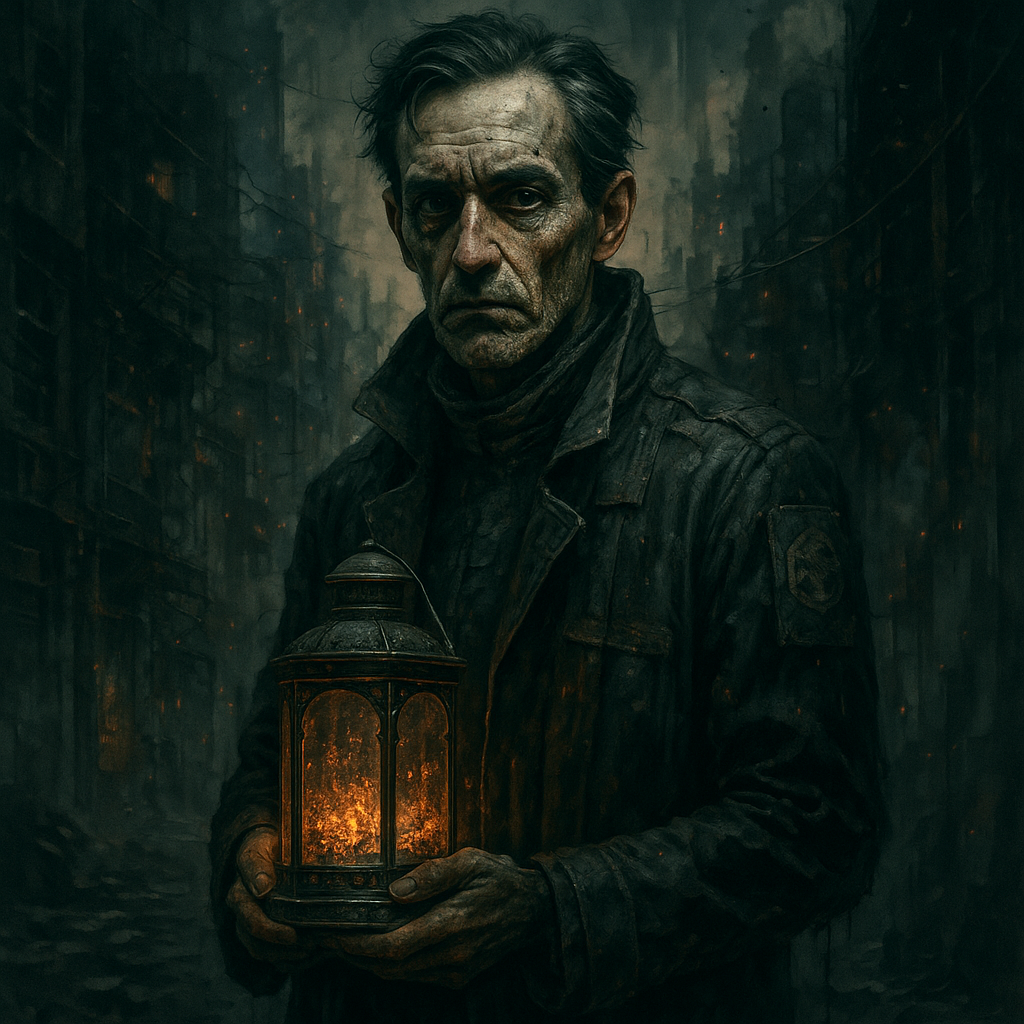
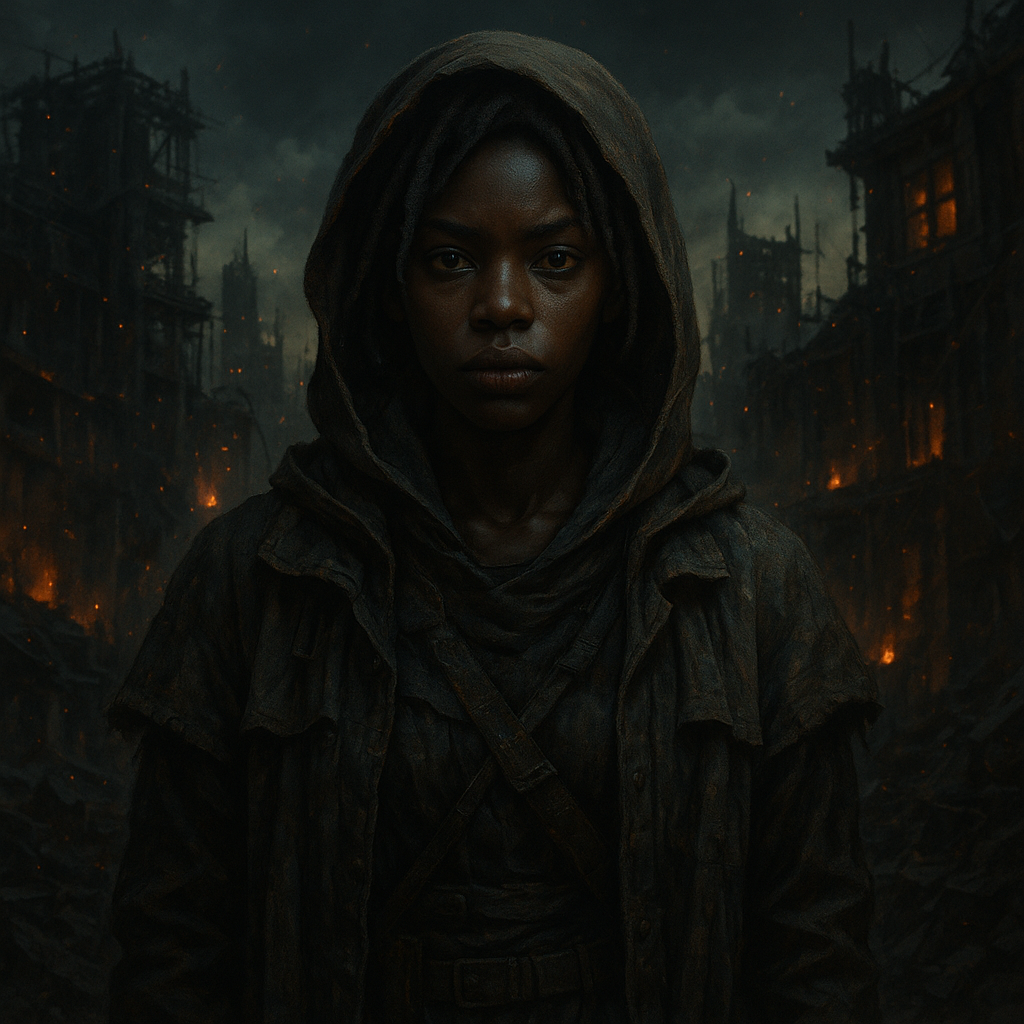
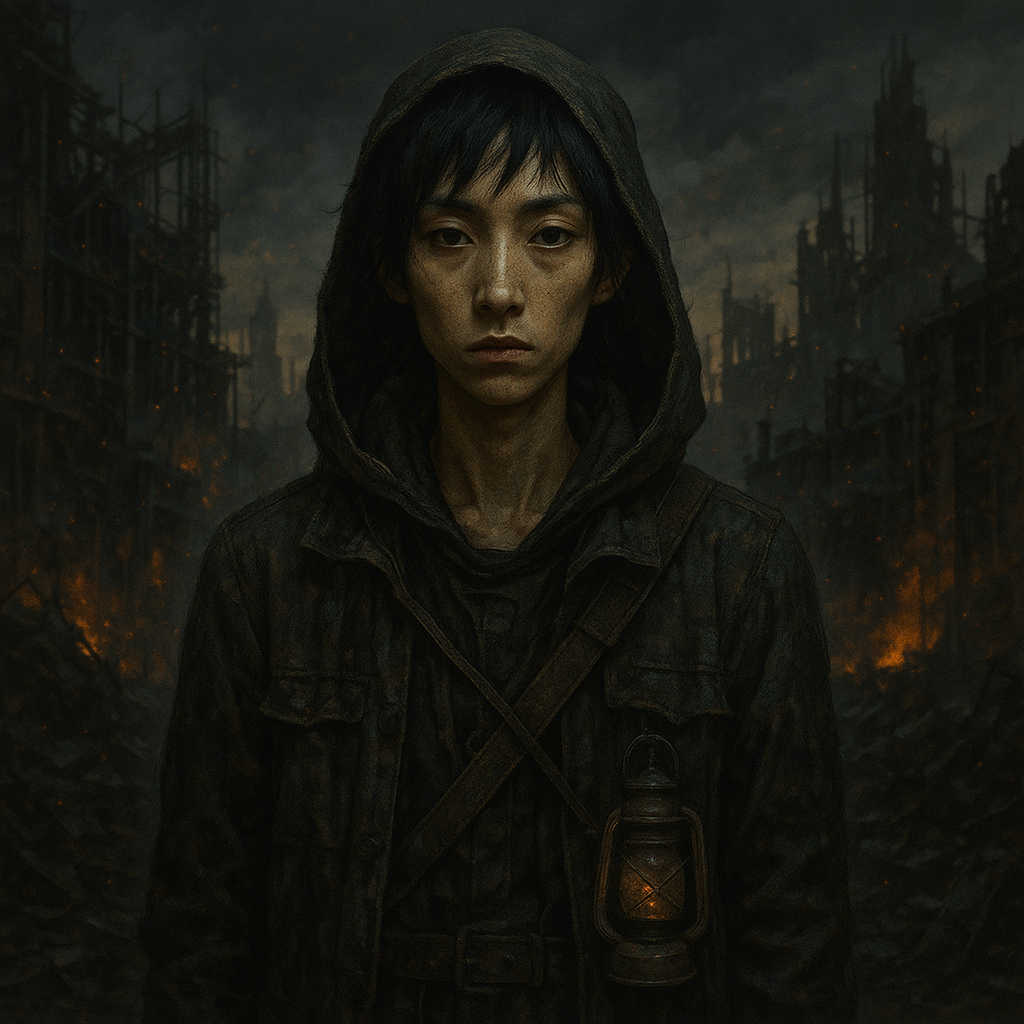
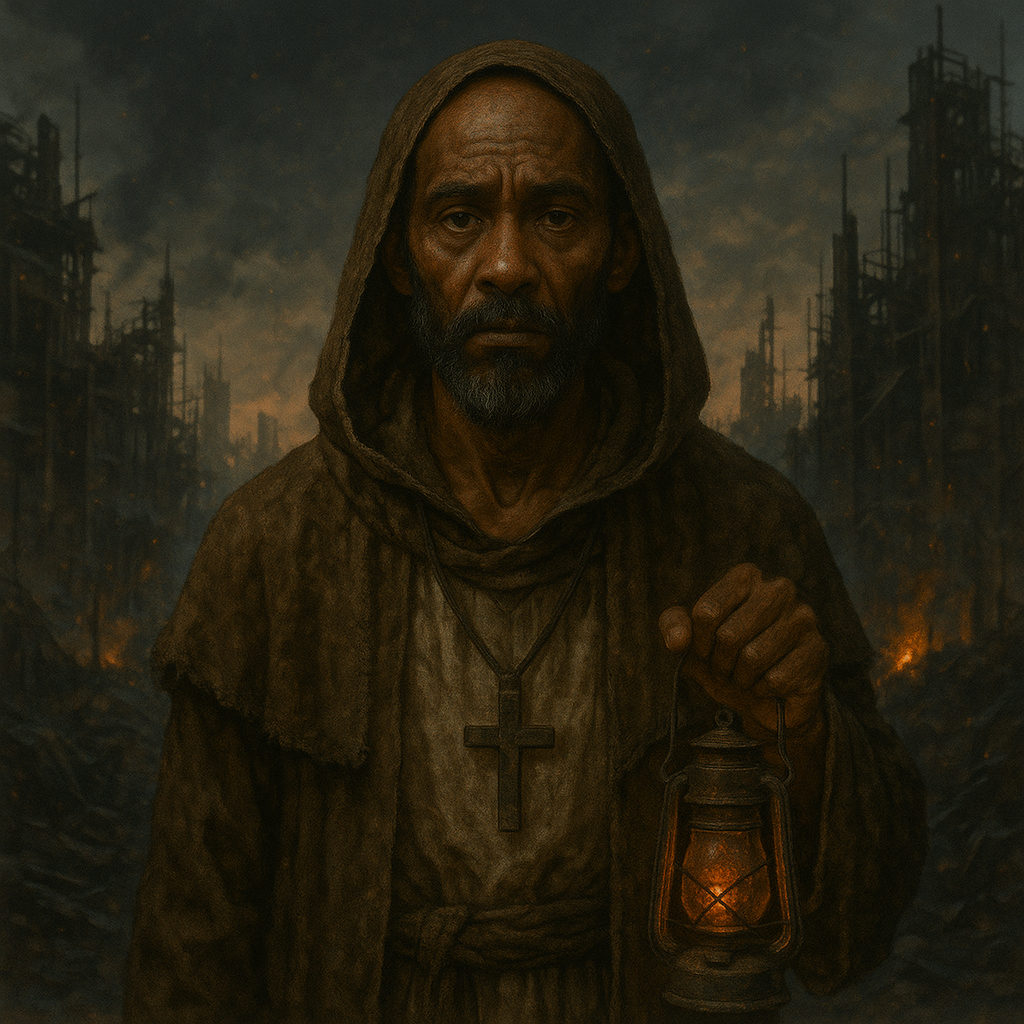


Comments